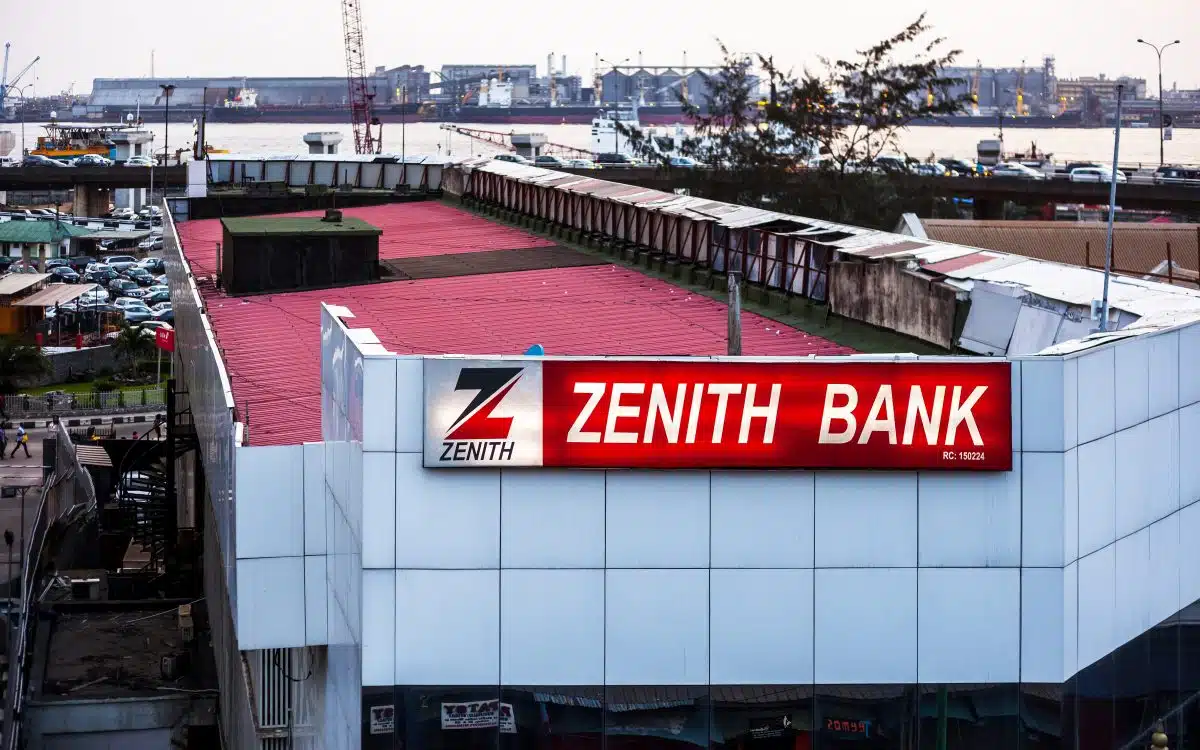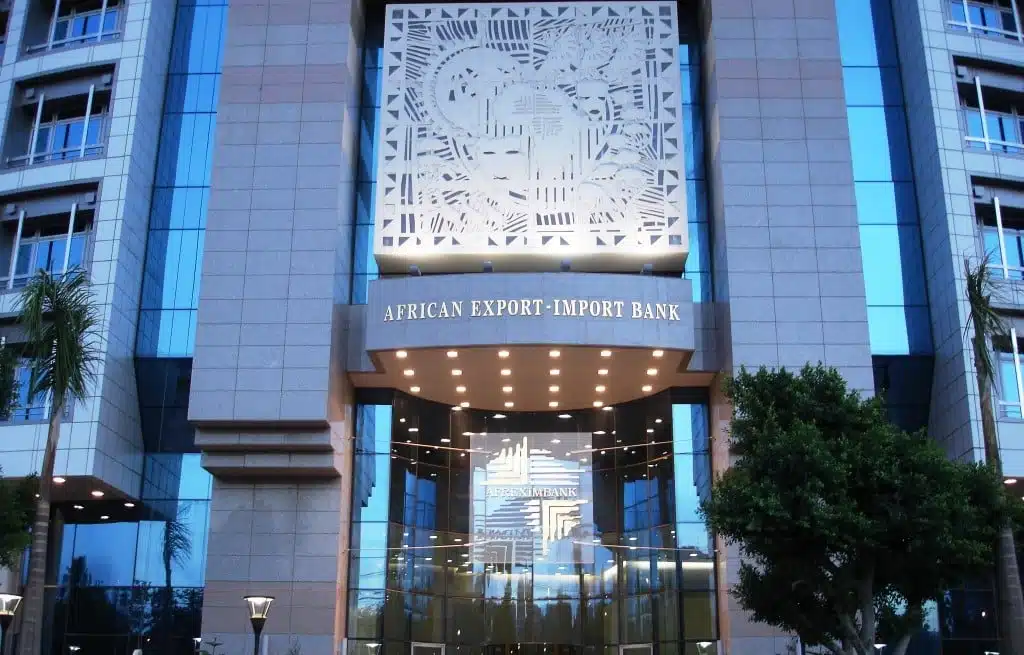Nigerian banks reduced their reliance on short-term borrowing from the Central Bank of Nigeria (CBN) in November 2024 as system liquidity improved, rising by 25% from the previous month.
According to the CBN’s latest economic report, the increase was driven by inflows from Federation Account Allocation Committee (FAAC) disbursements, Open Market Operations (OMO) repayments, cash reserve requirement (CRR) refunds, and Nigerian Treasury Bills (NTB) repayments.
These inflows boosted available funds in the banking system, allowing banks to meet their liquidity needs without turning to the central bank’s lending facilities.
Provisional data showed that the average net industry balance climbed to about ₦140 billion ($93.48 million) in November, up from approximately ₦110 billion ($73.42 million) in October.
As a result, banks borrowed significantly less from the CBN’s Standing Lending Facility (SLF), where they access overnight loans. SLF transactions fell sharply by 37.6% to ₦10.57 trillion ($7.05 billion) in November, compared to ₦16.94 trillion ($11.32 billion)in the previous month.
Meanwhile, banks increased their placements at the Standing Deposit Facility (SDF), which allows them to park excess cash with the CBN. SDF transactions surged by 36.88% to ₦4.12 trillion ($2.7 billion) in November, up from ₦3.01 trillion ($2 billion) in October.
This shift indicates that banks had more liquidity on hand, reducing their dependence on central bank lending.
The improvement in banking system liquidity came in the same month that the CBN raised its benchmark interest rate, the Monetary Policy Rate (MPR), by 25 basis points to 27.50%.
The move was aimed at curbing inflation and stabilizing the financial system, although it also increased borrowing costs for banks.
The CBN has consistently reaffirmed its commitment to ensuring financial stability and restoring investor confidence in the banking sector.
In December 2024, the bank automated foreign exchange trading, transitioning from the previous over-the-counter system to a more transparent platform – part of its broader efforts to reduce market distortions and curb speculation.
Despite the improvement in liquidity reported in November, total borrowing by banks through the SLF remained significantly higher than deposits at the SDF, suggesting that while liquidity conditions have improved, banks still require substantial short-term funding support.






